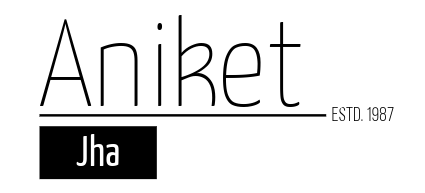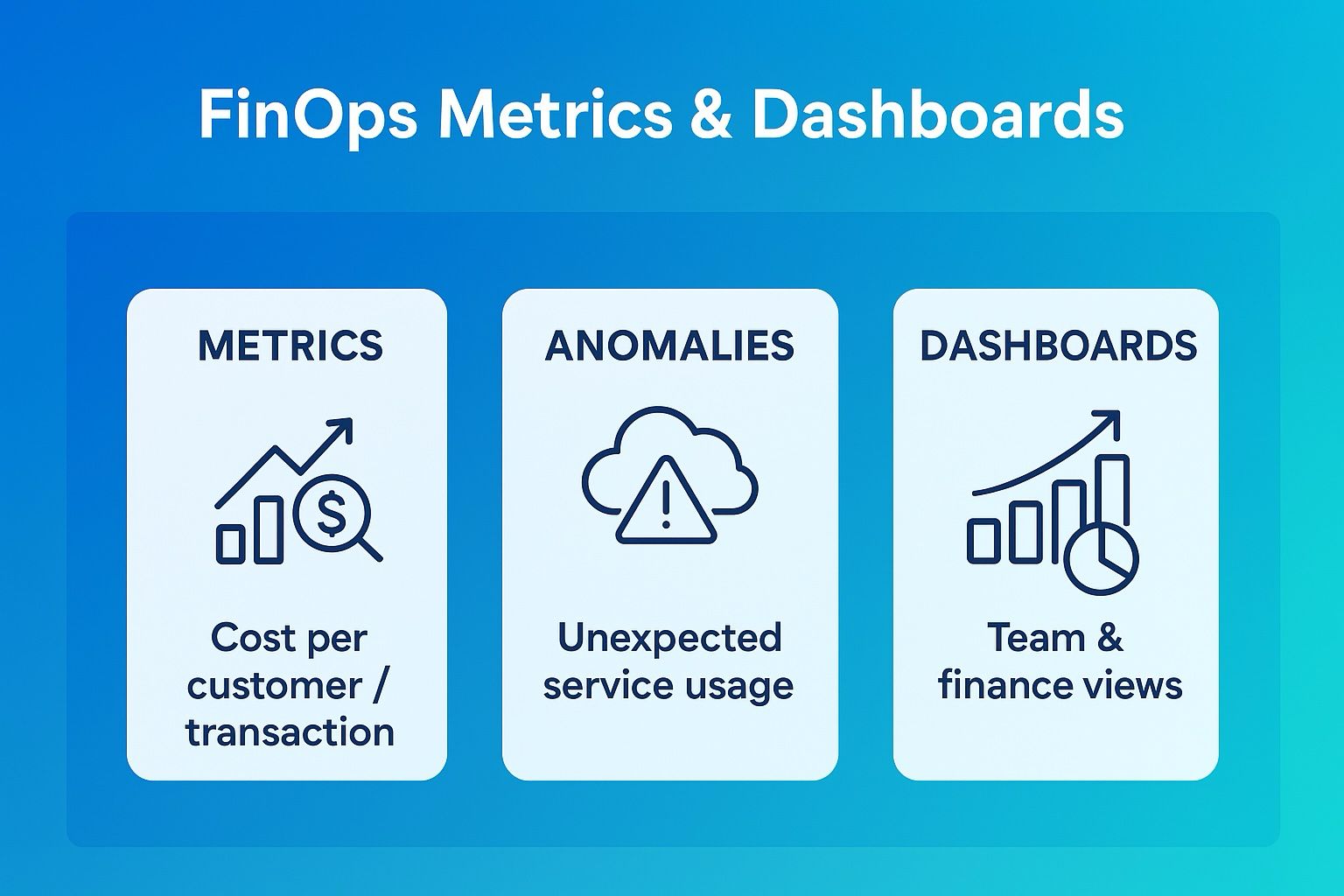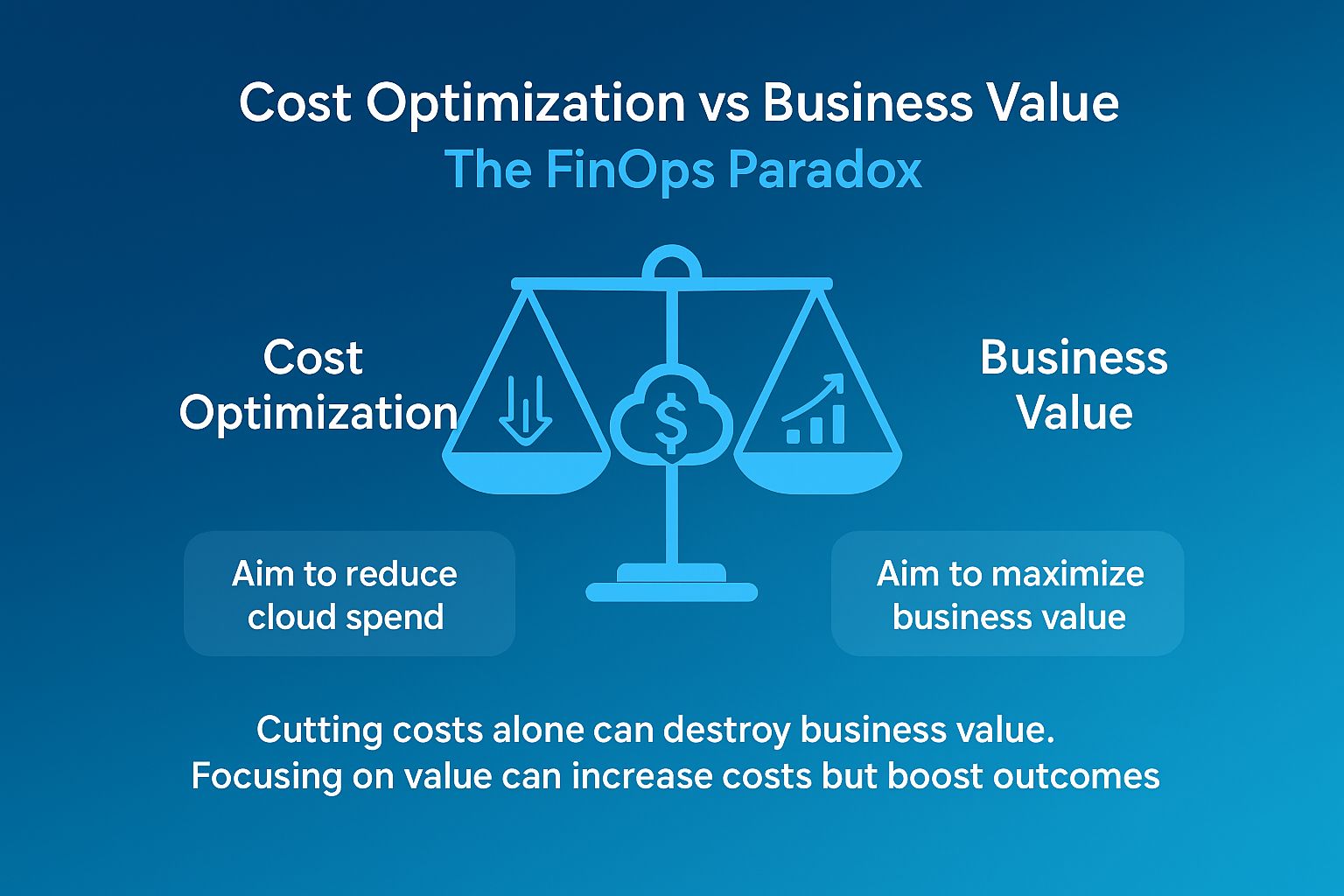Planning a project can sometimes feel like staring at a blank canvas without knowing where to start. In a recent conversation, someone confessed, “I don’t even know what to ask when planning a project.” This struck a chord because, without the right questions, even the most ambitious plans can fizzle out.
So, how do you transform planning from a daunting task into a dynamic roadmap for success? The secret lies in reverse engineering your goals and mastering the art of asking questions.
Start Where You Want to Finish
Imagine standing at the finish line of your project, looking back at everything that had to happen to get there. That’s the essence of reverse engineering.
Instead of planning forward from where you are, ask:
• What does success look like?
• What milestones did we achieve to get here?
• What resources and teams were essential along the way?
By visualising the destination and working backward, you create a plan that is precise, actionable, and purpose driven. It’s like solving a maze by starting at the end—suddenly, the path becomes clear.
The Magic of the Right Questions
Good planning doesn’t start with answers; it starts with curiosity. Here are some game-changing questions to guide your process:
• Why are we doing this project? (Define the purpose.)
• Who are the key players? (Identify stakeholders and roles.)
• What could derail us, and how will we handle it? (Assess risks.)
Asking thoughtful questions doesn’t just provide clarity—it builds confidence and uncovers blind spots.
Key Ingredients of a Great Plan
1. Reverse Engineer Your Goal
Work backward from success to ensure every step is intentional and aligned. For example:
• Launching a product? Start with the launch day and map out all the tasks that made it possible, from testing to marketing.
2. Break It Down to Build It Up
Big projects can feel overwhelming, so slice them into smaller tasks and milestones.
• What can be done this week?
• What tasks depend on others?
Breaking the project into chunks keeps the team focused and motivated.
3. Plan for What Could Go Wrong
Murphy’s Law reminds us: Anything that can go wrong, will go wrong.
• What are the risks?
• Do you have a Plan B (or C)?
A little foresight goes a long way in avoiding chaos later.
Why Reverse Engineering Changes Everything
Traditional planning often starts with a vague idea and works forward. Reverse engineering flips this on its head, ensuring that every action connects directly to the final goal. It’s like building a bridge from both sides—you meet in the middle faster and stronger.
Planning doesn’t have to be a dry exercise in spreadsheets and timelines. Think of it as a treasure hunt where the map is yours to create. Start with the prize (your goal), ask the right questions, and let curiosity guide the way.
Good planning goes beyond timelines and budgets—it’s about asking thoughtful questions that uncover opportunities and address blind spots. When in doubt, use the 5W-1H framework:
• Why is this project important?
• What are we delivering?
• Who is involved?
• Where will it make an impact?
• When must it be completed?
• How will we measure success?
If you do understand and dont have all the answers dont move ahead until you do.
The next time you plan a project, don’t just ask how to start—ask where you want to finish. Success might just be closer than you think.
Image by Freepik




